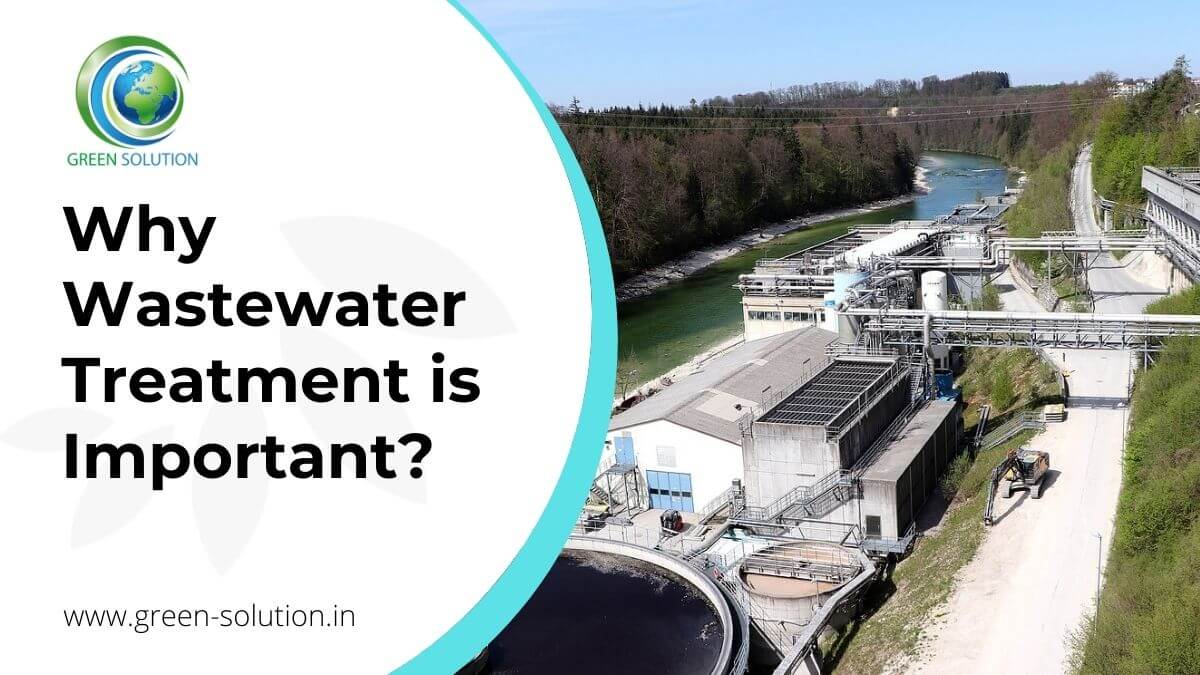The 2-Minute Rule for Reclaim Waste
The 2-Minute Rule for Reclaim Waste
Blog Article
The Reclaim Waste Ideas
Table of ContentsThe smart Trick of Reclaim Waste That Nobody is DiscussingThe 10-Minute Rule for Reclaim WasteExamine This Report on Reclaim WasteHow Reclaim Waste can Save You Time, Stress, and Money.About Reclaim Waste
Check out the kinds, incidents, and types of fluid waste. Residential sewer waste refers to the waste and items from a household septic system. This kind of waste is developed by people in houses, schools, and other structures. This only consists of sewage-disposal tanks that have a drain field. The proper management and disposal of domestic sewage waste require fluid waste to be moved to a sewer treatment plant where the correct techniques and devices are put on cleanse and get rid of waste.
Commercial waste frequently consists of potential threats, such as flammable products or a mixture of fluid and solid waste products, and calls for an extra sophisticated and in-depth disposal process. The disposal of commercial waste commonly involves the filtering of waste before transportation to make sure safe and correct disposal. Industrial waste is created from results and runoff of industrial processes and manufacturing.
This type of waste can not utilize the same sewage administration transport or procedures as septic or commercial liquids. The hazardous waste monitoring process requires the examination and testing of liquid waste before it goes through the disposal procedure (industrial wastewater treatment). Overflow waste is the fluid waste that comes from drainage and excess stormwater in extremely inhabited areas or cities
Runoff waste can create contamination and flooding if not taken care of correctly. Making sure appropriate waste management can avoid catastrophes and decrease ecological injury.
The Facts About Reclaim Waste Revealed
Contact PROS Services today to learn more about our waste administration and disposal solutions and the proper means to take care of the liquid waste you generate.
(https://padlet.com/leonaube33101/reclaim-waste-hw71hge954tsaxnp)Do you know what takes place to your water when you disengage, flush the toilet or drain the washing equipment? No? Well, it's worth knowing. This so-called 'wastewater' is not only a vital source yet, after therapy, will be launched to our land, rivers or the ocean. Made use of water from bathrooms, showers, bathrooms, kitchen area sinks, washings and industrial processes is called wastewater.

water made use of to cool equipment or clean plant and equipment). Stormwater, a type of wastewater, is runoff that moves from farming and city areas such as roofs, parks, yards, roads, paths and gutters right into stormwater drains, after rain. Stormwater moves unattended directly to regional creeks or rivers, ultimately getting to the ocean.
What Does Reclaim Waste Do?
In Queensland, the majority of wastewater is treated at sewage treatment plants. Wastewater is transported from residential or commercial sites through a system of drains and pump stations, understood as sewage reticulation, to a sewage treatment plant. Local governments build, preserve and operate most sewage treatment plants. Operators are certified under the Environmental Defense Act 1994 to release treated wastewater at an acceptable environmental standard into waterways.
The Department of Natural Resources encourages regional federal governments regarding handling, operating and keeping sewage systems and therapy plants. In unsewered locations, regional governments may need householders to mount individual or house sewage treatment systems to treat residential wastewater from bathrooms, kitchen areas, washrooms and laundries. The Department of Natural Resources authorises making use of house systems when they are shown to be efficient.
In some new neighborhoods, treatment of some stormwater to eliminate litter, sand and crushed rock has actually begun utilizing gross pollutant traps. Wastewater therapy happens in 4 phases: Eliminates strong matter.
Wastewater then flows into huge storage tanks where solids clear up and are eliminated as sludge. Grease and residue are skimmed from the surface. Utilizes tiny living microorganisms understands as micro-organisms to damage down and eliminate staying liquified wastes and fine bits. Micro-organisms and wastes are incorporated in the sludge. Gets rid of nitrogen and phosphorus nutrients that can trigger algal blooms in our rivers and threaten water life.
Rumored Buzz on Reclaim Waste
Nutrient removal is not available at all sewer therapy plants due to the fact that it calls for pricey specialised tools. It is becoming much more usual in Queensland. Clear liquid effluent generated after therapy may still contain disease-causing micro-organisms. If this effluent is released into rivers such as rivers or the sea, the micro-organisms will ultimately pass away out.

A lot of wastewater flows right into the sewerage system. Under the Act, neighborhood governments carry out approvals and permits for ecologically relevant activities (Ages) involving wastewater launches that may have a local influence.
The smart Trick of Reclaim Waste That Nobody is Talking About
Otherwise, examples are taken for lab evaluation. Commonly many tests are needed to develop the degrees of each of the various pollutants such as oils, heavy steels and chemicals in water. Surveillance provides accurate info regarding water top quality and can validate that licence conditions are being met. The information acquired with tracking provides the basis for making water quality decisions.
Report this page